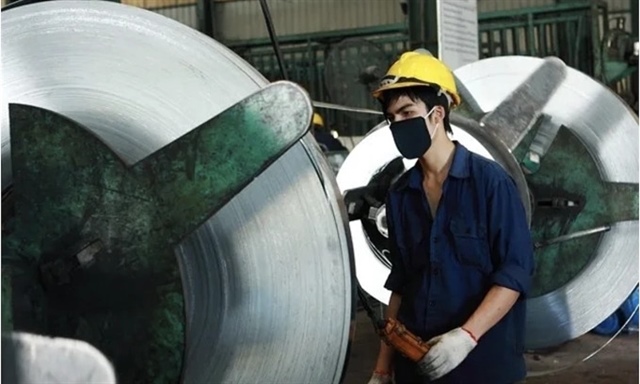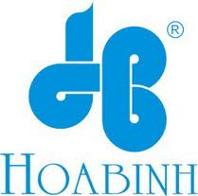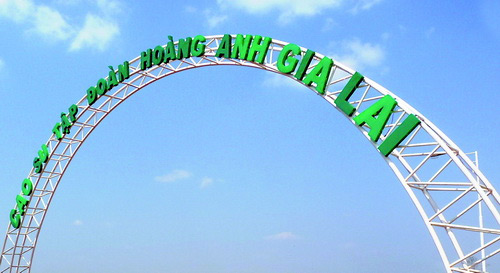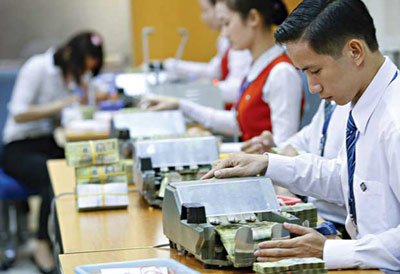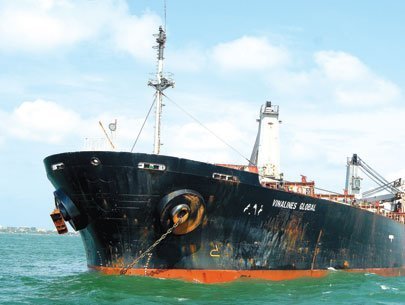Vietnam's ACB and Sacombank: outlook stable
Vietnam's ACB and Sacombank: outlook stable
Fitch Ratings has affirmed that Vietnam-based Asia Commercial Bank (ACB) and Saigon Thuong Tin Commercial Joint Stock Bank (Sacombank) both received 'B' ratings with a stable outlook in addition to ‘b’ Viability Ratings (VRs).
* Fitch affirms Vietnam's Agribank at 'B'; outlook stable
* Fitch affirms Vietinbank at 'B'; outlook stable
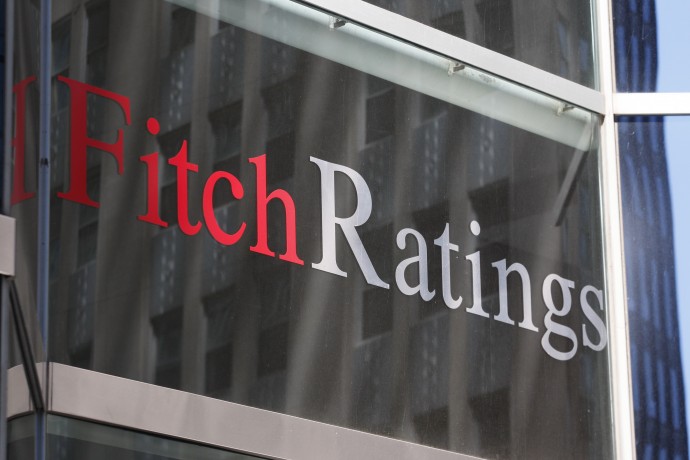
The Issuer Default Ratings (IDRs) in the banks’ standalone financial profiles reflect the continuing risks of the challenging domestic operating conditions, as well as their better record in risk management and maintaining healthy balance sheets than Vietnamese State-owned banks.
Upward rating potential in the near- to medium-term is constrained by on-going challenges in the Vietnamese operating environment. Downward ratings may result from brisk renewed loan growth and higher credit costs, leading to significant weakening in capital, liquidity and asset quality. Negative rating action may also result from event risks, such as hostile takeovers, that could prove disruptive to the bank's business.
ACB's and Sacombank's asset quality record compares favourably with their domestic State-owned peers due to their selective risk appetite and underwriting as well as low exposure to problematic Vietnamese State-owned entities.
The banks' reported non-performing loan (NPL) ratio remained below 1 percent from 2008 to 2011. Nonetheless as with all Vietnamese banks, ACB and Sacombank continue to face a lack of transparency which, together with less than stringent NPL classification rules, could result in problematic loans being significantly understated.
Fitch expects ACB's and Sacombank's profitability to moderate from 2011 levels. Margins are likely to tighten due to falling interest rates and recent restrictions on re-price loans for certain sectors. Credit costs are likely to rise but may be more manageable for the two banks than for their State-owned peers, given their asset quality record.
Both banks’ reported total capital adequacy ratios (CAR) averaged 11 – 12 percent in the 2008-2011 period, although they have allowed them to dip to 9 – 10 percent to support lending activity. Sacombank may currently be better-capitalised, but ACB has a higher return on equity record.
ACB and Sacombank both have stable retail deposit bases and liquid balance sheets. Both banks are also fairly active in issuing certificates of deposit which are more than sufficient to support their loan portfolios, with adjusted loan/deposit ratios of 55 and 87 percent, respectively at year end 2011.
Full ratings list:
* ACB
- Long-Term Foreign-Currency IDR affirmed at 'B'; Outlook Stable
- Short-Term Foreign-Currency IDR affirmed at 'B'
- Viability Rating affirmed at 'b'
- Support Rating Floor affirmed at 'No Floor'
- Support Rating affirmed at '5'
* Sacombank
- Long-Term Foreign-Currency IDR affirmed at 'B'; Outlook Stable
- Short-Term Foreign-Currency IDR affirmed at 'B'
- Viability Rating affirmed at 'b'
- Support Rating Floor affirmed at 'No Floor'
- Support Rating affirmed at '5'
vietnamnet


